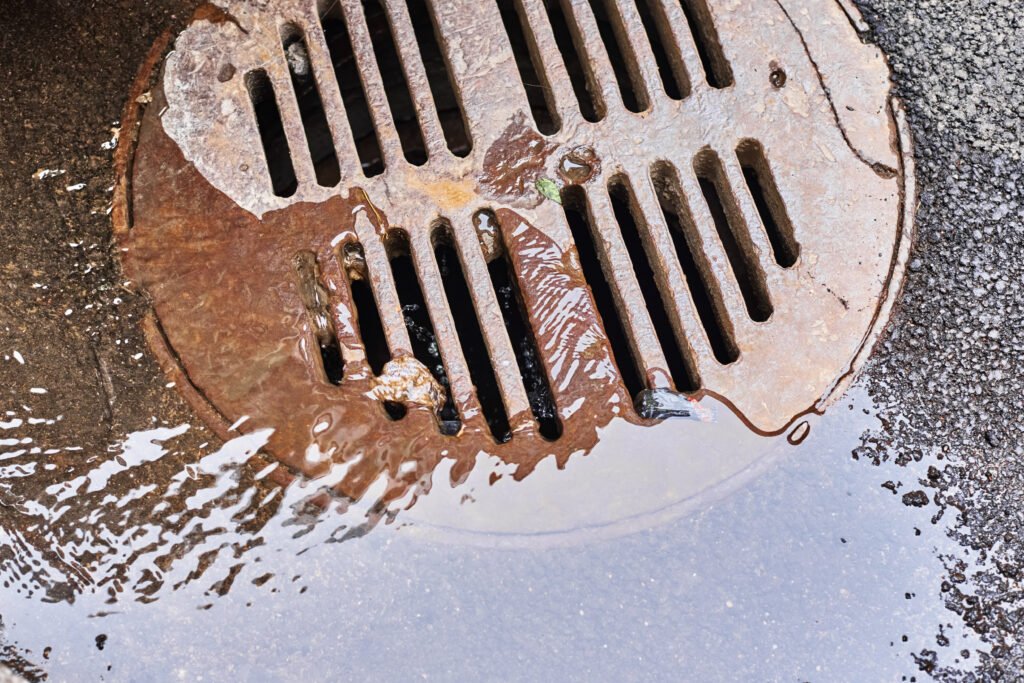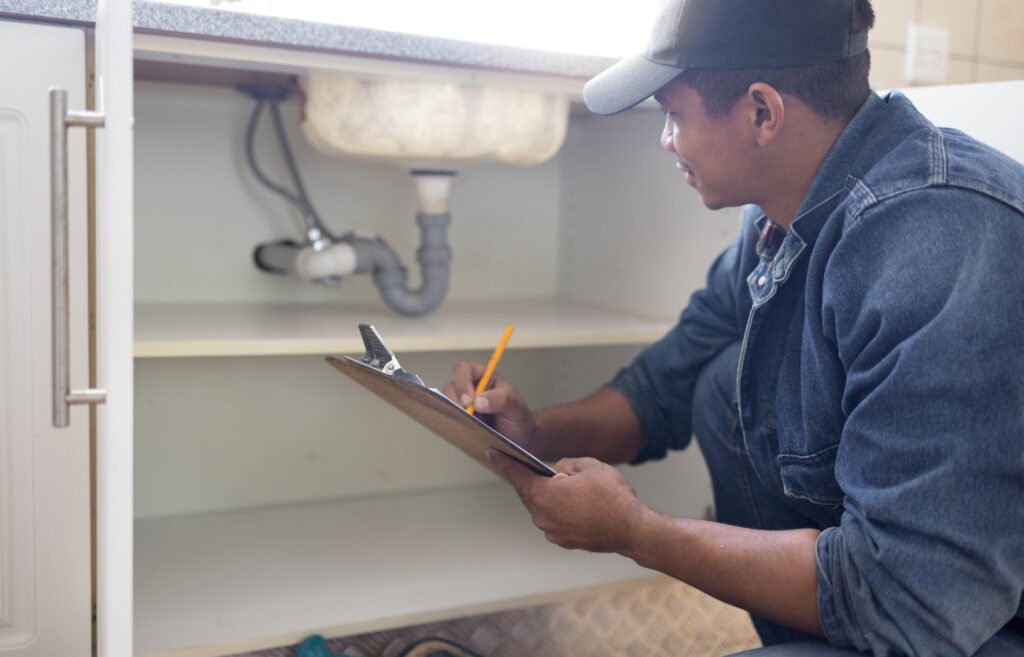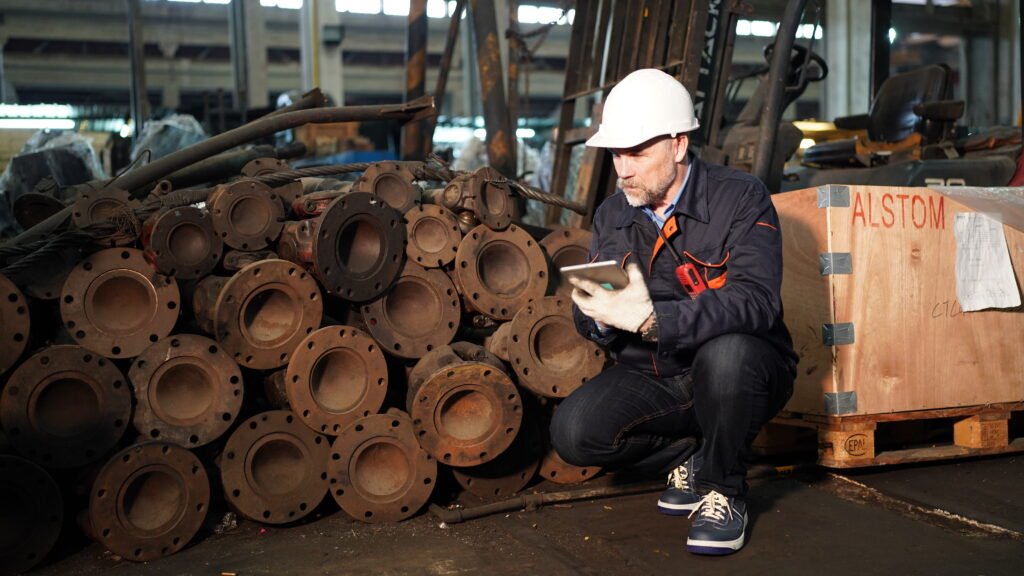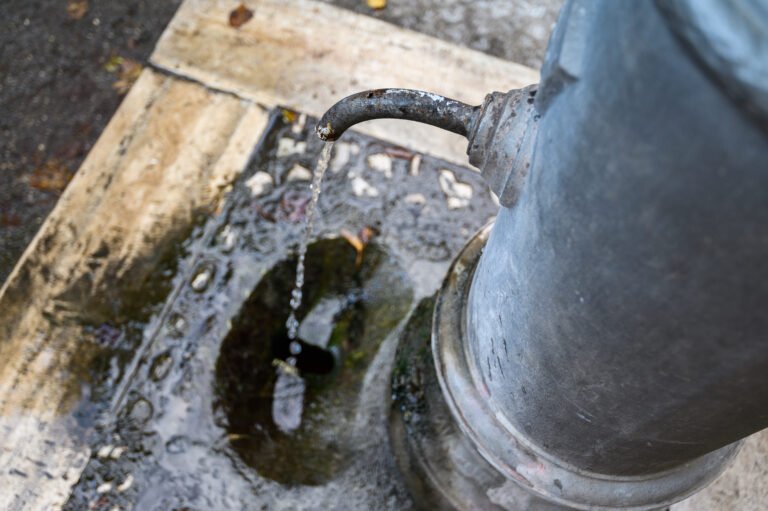Chicago Private Drain Program is a valuable resource to local residents in navigating the complexity of the underground infrastructure. The Chicago Private Drain Program is not just about managing waste water; it plays a crucial role in preserving our community’s health and wellbeing.
The program provides essential assistance for sewer repairs, which can reduce potential risks to public health and damage to property. Chicagoans who want to improve or maintain their drainage system should be familiar with the program.
Table of Contents
The Chicago Private Drain Program Overview

The History of the Program and its Purpose
Chicago Private Drain Program was launched on January 1,2002 to ease the financial burden on homeowners who need sewer repair in public places such as sidewalks, streets and city centers.
The program demonstrates the commitment of the city to maintain residential infrastructure. It also provides vital financial support, which allows homeowners to better manage their sewer systems.
The Benefits of Homeownership
The PDP offers homeowners a significant financial benefit. They can save between $5,000 to $10,000 in repairs, which the City of Chicago will now cover, such as work done on the private sewer drains on the parkway or street.
This program offers up to $10,000 in reimbursements for participants who are eligible. It reduces the likelihood of flooding, sewer backups, or other expensive damages.
Qualifications and Eligibility

Eligible Properties
For residential properties to be eligible for the Chicago Private Drain Program, they must contain four or less units and have been located in Chicago city limits.
Ineligible properties include those that have recently been renovated or have more than 4 residential units.
Owner Responsibilities
The homeowner is responsible for maintaining and rodding their own drains. It is advised that homeowners call a licensed city sewer contractor if a problem occurs. Contractors must have a permit issued by the Department of Water Management before they can rode and videotape a private drain.
The City of Chicago, if the video inspection indicates that the sewer line under the sidewalk is damaged, will repair it at no charge to the owner of the property, assuming the contractor arranges for a sewer inspector’s review.
READ MORE:
- What is Embedded Insurance: A Beginner’s Guide
- Travel agents for Delta vacations: How to get started
- For the best in ecotourism try Dominican Republic holidays
- Did You Know These 11 Hidden Gems in Northern California?
The Step-byStep Process

First Contact and Inspection
- Call 311 and ask for the Private Drain Program.
- A crew from the Department of Water Management will assess the problem and decide if it is the sewer main or the drain private.
- Homeowners are encouraged to contact a licensed city sewer contractor if they find a private drain.
Evaluation and recommendations
- To rode and videotape a private drain, the hired contractor will need a permit issued by the Department of Water Management Permit Section.
- The contractor will conduct a thorough video inspection. If the pipe cannot be opened with rodding then the inspector from the Department of Water Maintenance and the contractor determines the exact location of the leak.
- The homeowner will be responsible for repairing the damage if it is located on their private property. If in a public place, repairs are handled by the Department of Water Maintenance.
The final cost of repairs
- The contractor then provides video evidence to a house inspector who decides on appropriate actions based upon the severity and location of the damage.
- The city will repair the drains for homeowners who have a break under a public road. This ensures compliance with the guidelines of the program and provides relief.
FAQ
1. What is the difference between a public and private drain?
You can do several things to determine whether or not a drain belongs in the public domain:
For more information, contact your local sewerage service.
Check the property documents to determine the location of the sewer connection.
You can request a sewer map. Your sewerage provider is required to give you one upon request.
2. What is the Chicago sewer system?
Local sewers in Chicago are mainly gravity fed and channel waste water into the larger sewers that are managed by Metropolitan Water Reclamation District of Greater Chicago.
The intercepting sewers transport the wastewater from these plants to MWRD water reclamation facilities for treatment. These sewers can be up to 27 foot in diameter and located along major waterways and streets.
3. What kind of drainage system does Chicago use?
Chicago uses a combined sewerage system. The combined sewer system combines sewage runoff from industrial, residential and commercial sources with rainwater.
These sewers used to be designed for direct discharge into rivers before modern wastewater treatment technology.
4. How do you install a sewer pipe?
There are several steps to installing a sewer pipe.
Set out: Mark the locations of the manholes in the ground according to the longitudinal section of the sewer pipe.
Alignment and Gradient – Ensure that the sewer follows the route and gradient planned.
Excavation: digging the trench and shoring it with timber to avoid collapse. Dewatering is also necessary if needed.
Laying & Jointing: Place and secure the sewer pipes.
Test the hydraulic pipes to determine if they are leaky or not.
Backfilling is the process of filling in the trenches after testing and installation.
The conclusion of the article is:
We’ve outlined the most important aspects of managing sewer and drainage problems for homeowners through our detailed exploration of the Chicago Private Drain Program.
This guide is an essential tool for Chicagoans, as it outlines the criteria and application process, along with the available financial aid.
This program provides assistance to residents who need sewer repair. It also shows the commitment of the city in maintaining its residential infrastructure and ensuring their well-being.



